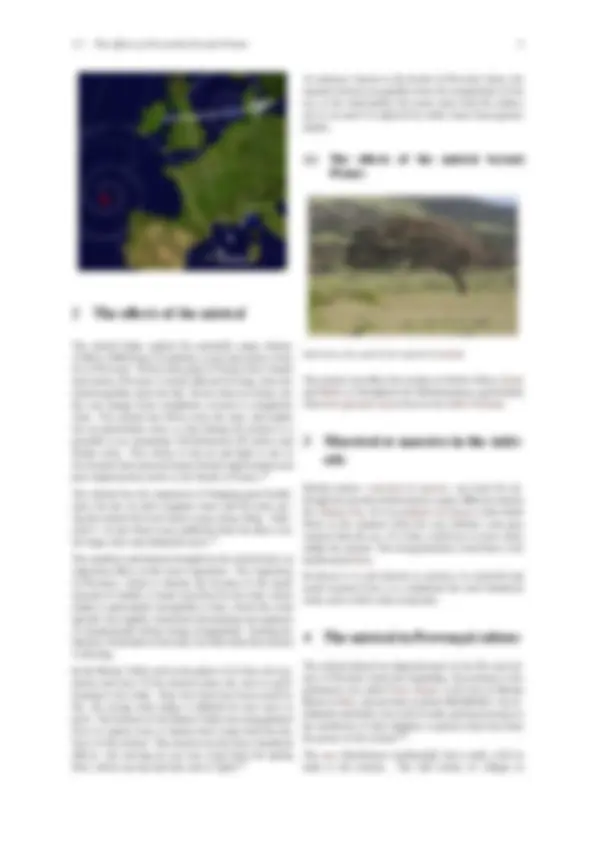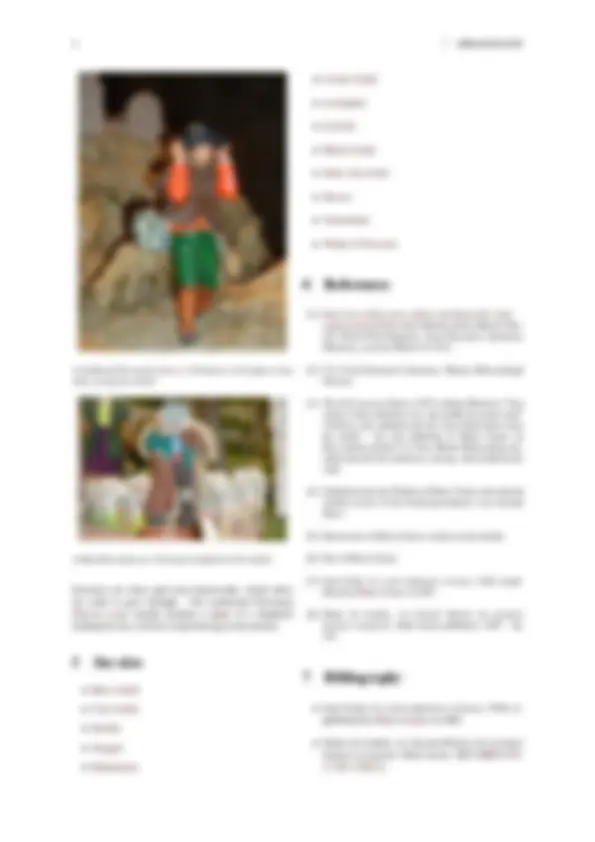





Estude fácil! Tem muito documento disponível na Docsity

Ganhe pontos ajudando outros esrudantes ou compre um plano Premium


Prepare-se para as provas
Estude fácil! Tem muito documento disponível na Docsity
Prepare-se para as provas com trabalhos de outros alunos como você, aqui na Docsity
Os melhores documentos à venda: Trabalhos de alunos formados
Prepare-se com as videoaulas e exercícios resolvidos criados a partir da grade da sua Universidade
Responda perguntas de provas passadas e avalie sua preparação.

Ganhe pontos para baixar
Ganhe pontos ajudando outros esrudantes ou compre um plano Premium
Comunidade
Peça ajuda à comunidade e tire suas dúvidas relacionadas ao estudo
Descubra as melhores universidades em seu país de acordo com os usuários da Docsity
Guias grátis
Baixe gratuitamente nossos guias de estudo, métodos para diminuir a ansiedade, dicas de TCC preparadas pelos professores da Docsity
vento do Mediterrâneo França
Tipologia: Notas de estudo
1 / 6

Esta página não é visível na pré-visualização
Não perca as partes importantes!




Mistral wind blowing near Marseille. In the centre is the Château d'If
The mistral (Catalan: Mestral , Greek: Μαΐστρος) is a strong, cold, northwesterly wind that blows from southern France into the Gulf of Lion in the north- ern Mediterranean, with sustained winds often exceeding forty kilometers per hour, sometimes reaching one hun- dred kilometers per hour.[1]^ It is most common in the win- ter and spring, and strongest in the transition between the two seasons. Periods of the wind exceeding thirty kilo- meters an hour for more than sixty-five hours have been reported.[2]
In France, it refers to a violent, cold, north or northwest wind that accelerates when it passes through the valleys of the Rhone and the Durance Rivers to the coast of the Mediterranean around the Camargue region.[3]^ It affects the northeast of the plain of Languedoc and Provence to the east of Toulon, where it is felt as a strong west wind. It has a major influence all along the Mediterranean coast of France, and often causes sudden storms in the Mediter- ranean between Corsica and the Balearic Islands.[4]
The name mistral comes from the Languedoc dialect of the Occitan and means “masterly”. The same wind is called mistrau in the Provençal variant of Occitan, mestral in Catalan, maestrale in Italian and Corsican, maistràle or bentu maestru in Sardinian, and majjistral in Maltese.
The mistral is usually accompanied by clear, fresh weather, and it plays an important role in creating the climate of Provence. It can reach speeds of more than ninety kilometers an hour, particularly in the Rhone Val- ley. Its average speed during the day can reach about fifty kilometers an hour, calming noticeably at night. The mis- tral usually blows in winter or spring, though it occurs in all seasons. It sometimes lasts only one or two days, fre- quently lasts several days, and sometimes lasts more than
a week.[5]
A map showing the force of the mistral one day in November
2008. The wind reached a speed of 80 km/h (50 mph), with average speeds of more than 50 km/h (31 mph) an hour near Marseille.
The mistral takes place each time there is an anticyclone, or area of high pressure, in the Bay of Biscay, and an area of low pressure around the Gulf of Genoa. When this happens, the flow of air between the high and low pres- sure areas draws in a current of cold air from the north which accelerates through the lower elevations between the foothills of the Alps and the Cevennes. The condi- tions for a mistral are even more favorable when a cold rainy front has crossed France from the northwest to the southeast as far as the Mediterranean. This cold, dry wind usually causes a period of cloudless skies and luminous sunshine, which gives the mistral its reputation for mak- ing the sky especially clear. There is also, however, the mistral noir, which brings clouds and rain. The mistral noir occurs when the Azores High is extended and draws in unusually moist air from the northwest.[5] The long and enclosed shape of the Rhone Valley, and the Venturi effect of funnelling the air through a narrow- ing space, is frequently cited as the reason for the speed and force of the mistral, but the reasons are apparently more complex. The mistral reaches its maximum speed not at the narrowest part of the Rhone Valley, south of Valence, but much farther south, where the Valley has widened. Also, the wind occurs not just in the Valley,
but high above in the atmosphere, up to the troposphere, three kilometres (1.9 miles) above the earth. The mis- tral is very strong at the summit of Mont Ventoux, 1900 meters in elevation, though the plain below is very wide. Other contributing factors to the strength of the mistral are the accumulation of masses of cold air, whose volume is greater, pouring down the mountains and valleys to the lower elevations. This is similar to a foehn wind, but un- like a foehn wind the descent in altitude does not signif- icantly warm the mistral. The causes and characteristics of the mistral are very similar to those of the Tramontane, another wind of the French Mediterranean region.[6]
The bell tower of the hilltop village of La Cadière-d'Azur is open, which allows the mistral to pass through.
In France, the mistral particularly affects Provence, Languedoc east of Montpellier, as well as all of the Rhone Valley from Lyon to Marseille, and as far southeast as Corsica and Sardinia. The mistral usually blows from the north or northwest, but in certain pre-alpine valleys and along the Côte d'Azur, the wind is channelled by the mountains so that it blows from east to west. Sometimes it also blows from the north-north-east toward the east of Languedoc as far as Cap Béar. Frequently, the mistral will affect only one part of the region.
In the Languedoc area, where the tramontane is the strongest wind, the mistral and the tramontane blow to- gether onto the Gulf of Lion and the northwest of the western Mediterranean, and can be felt to the east of the Balearic Islands, in Sardinia, and sometimes as far as the coast of Africa.
When the mistral blows from the west, the mass of air
is not so cold and the wind only affects the plain of the Rhone delta and the Côte d'Azur. The good weather is confined to the coast of the Mediterranean, while it can rain in the interior. The Côte d'Azur generally has a clear sky and warmer temperatures. This type of mistral usu- ally blows for no more than one to three days. The mistral originating from the northeast has a very dif- ferent character; it is felt only in the west of Provence and as far as Montpellier, with the wind coming from either a northerly or north-northeasterly direction. In the winter this is by far the coldest form of the mistral. The wind can blow for more than a week. This kind of mistral is often connected with a low pressure area in the Gulf of Genoa, and it can bring unstable weather to the Côte d'Azur and the east of Provence, sometimes bringing heavy snow to low altitudes in winter. When the flow of air comes from the northeast due to a widespread low pressure area over the Atlantic and atmo- spheric disturbances over France, the air is even colder at both high altitudes and ground level, and the mistral is even stronger, and the weather worse, with the creation of cumulus clouds bringing weak storms. This kind of mistral is weaker in the east of Provence and the Côte d'Azur. The mistral is not always synonymous with clear skies. When a low pressure front over the Mediterranean ap- proaches the coast from the southeast, the weather can change quickly for the worse, and the mistral and its clear sky changes rapidly to an east wind bringing humid air and threatening clouds. The position of the low-pressure front creates a flow of air from the northwest or the north- east, channeled through the Rhone Valley. If this low- pressure area moves back toward the southeast, the mis- tral will quickly clear the air and the good weather will re- turn; but if the cold-weather front continues to approach the land, bad weather will continue for several days in the entire Mediterranean basin, sometimes transforming into what French meteorologists call an épisode cévenol , a suc- cession of torrential rains and floods, particularly in the areas west of the Rhone Valley: the Ardèche, the Gard, Hérault and Lozère.[7] The summer mistral, unlike the others, is created by purely local conditions. It usually happens in July, and only in the valley of the Rhone and on the coast of Provence. It is caused by a thermal depression over the interior of Provence (The Var and Alpes de Haute- Provence), created when the land is overheated. This creates a flow of air from the north toward the east of Provence. This wind is frequently cancelled out close to the coast by the breezes from the sea. It does not blow for more than a single day, but it is feared in Provence, be- cause it dries the vegetation and it can spread forest fires.
A traditional Provençal santon, or Christmas creche figure, from Arles, facing the mistral
A Marseille santon of a Provençal shepherd in the mistral
Provence are often open iron frameworks, which allow the wind to pass through. The traditional Provençal Nativity scene usually includes a figure of a shepherd holding his hat, with his cloak blowing in the mistral.
[1] http://www.nrlmry.navy.mil/sat_training/world_wind_ regimes/mistral/index.html Mediterranean Mistral Tuto- rial, World Wind Regimes, Naval Research Laboratory Monterey, accessed March 30, 2014.
[2] U.S. Naval Research Laboratory, Marine Meteorologial Division
[3] The Petit Larousse Illustre (1997), defines Mistral as “Vent violent, froid, turbulent et sec qui souffle du secteur nord” (Violent, cold, turbulent and dry wind which blows from the north)". See also definition of Meteo France on their website and the U.S. Navy Marine Meteorology site, which describe the mistral as a strong, cold northwesterly wind
[4] Definition from the Website of Meteo France, the national weather service of the French government. (see external links.)
[5] Internet site of Meteo France, article on the mistral.
[6] Site of Meteo France
[7] Jean Vialar, Les vents régionaux et locaux , 1948, repub- lished by Météo-France in 2003
[8] Henry de Lumley, : La Grande Histoire des premiers hommes europeens , Odile Jacob publishers, 2007. Pg.